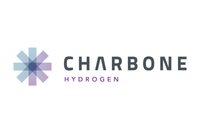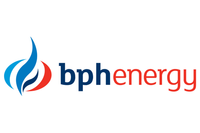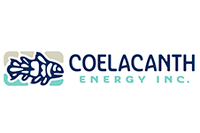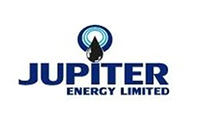
Natural gas prices may be down, but with demand rising for both heating and power generation, investors may still be interested in looking at the space. Here’s a look at three natural gas ETFs.
Natural gas prices may be down, but with demand rising for both heating and power generation, investors may still be interested in looking at the space.
Picking individual natural gas stocks could provide opportunities for big wins once the market turns (or even before). However, that strategy can also be very risky.
For investors who want to get exposure to natural gas, but want a more diversified approach, natural gas exchange-traded funds (ETFs) may be worth a look. Like individual natural gas stocks, ETFs haven’t been doing so well lately. However, they could be an option for contrarian investors looking to get broad exposure to the sector.
To start, here’s a look at three of the natural gas ETFs available.
1. First Trust ISE-Revere Natural Gas Index Fund (ARCA:FCG)
The First Trust ISE-Revere Natural Gas ETF tracks companies that get a substantial portion of their revenue from natural gas exploration and production. It is an equal-weighted index that ranks its holdings according to the price/earnings ratio, price/book ratio, return on equity and the correlation to natural gas futures prices for all US-listed stocks involved in the exploration and production of natural gas.
Some of the fund’s top holdings include Southwestern Energy Company (NYSE:SWN), Antero Resources (NYSE:AR), Gulfport Energy (NASDAQ:GPOR) and Range Resources (NYSE:RRC). It is currently trading at $4.03, and has traded within a 52-week range of $2.92 to $12.43.
2. United States Natural Gas Fund (ARCA:UNG)
The United States Natural Gas Fund tracks, in percentage terms, the movements of natural gas prices. The fund invests mainly in listed natural gas futures contracts, as well as other natural gas-related futures contracts. It may also invest in forward and swap contracts. Accordingly, this fund may be appealing to investors who want direct exposure to natural gas prices, but do not have a commodity futures account.
Overall, the goal is for daily percentage changes in the ETF to reflect changes in Henry Hub natural gas prices. The fund is currently sitting at $7.22, having traded within a 52-week range of $6.91 to $15.28.
3. Horizons Natural Gas Yield ETF (TSX:HNY)
The Horizons Natural Gas Yield ETF is an interesting option in that it holds other ETFs and securities as a way to gain exposure to natural gas prices. Its top holdings include both long and short positions in the United States Natural Gas Fund, and a long position in the Horizons NYMEX Natural Gas ETF (TSX:HUN).
The fund is currently trading at $2.95, and has moved within a 52-week range of $2.81 to $5.75. Despite those losses, TD Waterhouse still cites the fund as having a dividend of C$0.58 per share.
ETNs
Beyond the ETFs mentioned above, natural gas investors may also invest in natural gas-focused exchange-traded notes, or ETNs. Examples of such funds include the VelocityShares 3X Long Natural Gas ETN (ARCA:UGAZ), the VelocityShares 3X Inverse Natural Gas ETN (ARCA:DGAZ) and the iPath Seasonal Natural Gas ETN (ARCA:DCNG). According to ETF Database, the VelocityShares 3X Inverse Natural Gas ETN has seen a return of 32.19 percent so far in 2016, with a return of roughly 101 percent over the past year.
In any case, there are plenty of options for investors looking for exchange-traded products focused on the natural gas space.
Securities Disclosure: I, Teresa Matich, hold no direct investment interest in any company mentioned in this article.





